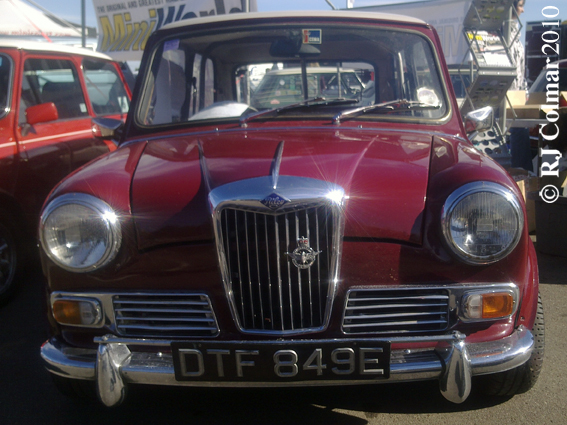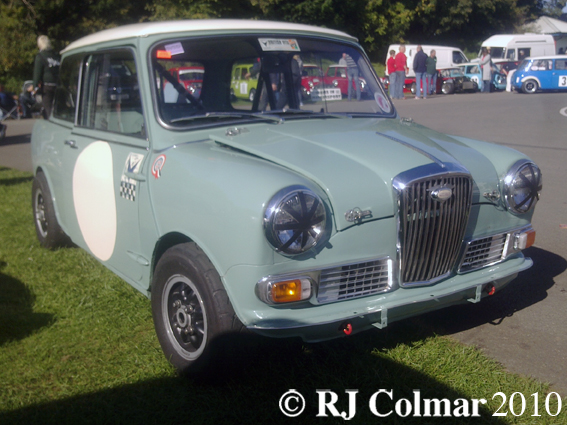When General Motors acquired Lotus Cars in 1986 it committed to investing £35m / US$55m in to a new affordable car that was to be built on the reputation of the Lotus Elan which was discontinued in 1973.
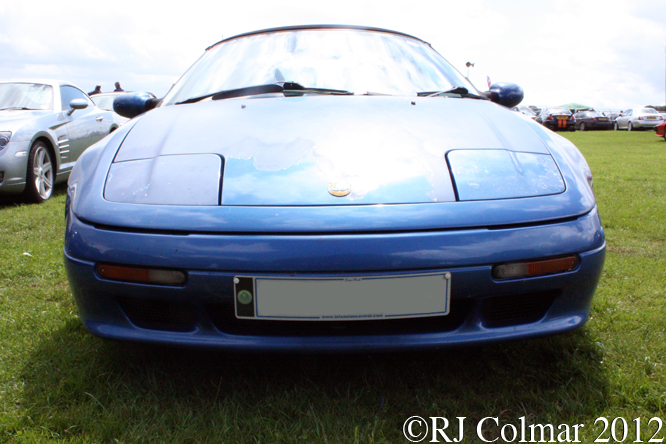
Unlike the original rear wheel drive Elan the new Peter Stevens designed M100 Elan featured front wheel drive, and was powered by a development of an Isuzu motor that produced 130 horsepower in normally aspirated form and 162 hp in SE Turbo form.
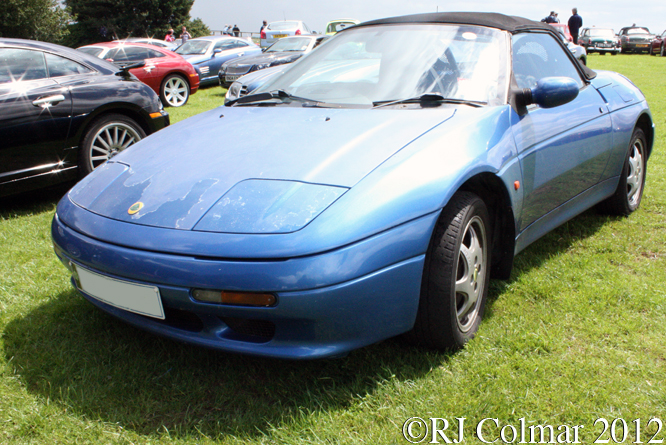
The rest to 60 mph time of 6.5 seconds and top speed of 137 mph was matched by the handling described by some sources as ‘the finest front wheel drive car bar none’.
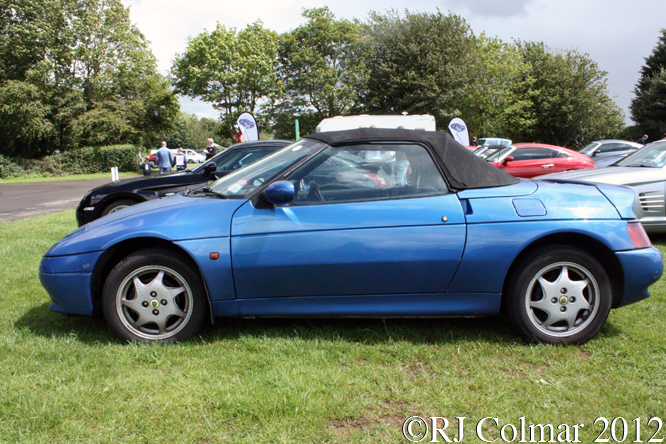
Unfortunately as the Lotus M100 Elan came to market in 1989 Europe and the USA were entering a recession and Mazda had already flooded the market with it’s retro ‘Elan’ the MX5/Eunos/Mita series and so Lotus ended up selling just 3,855 M100 Elan’s between Nov 1989 and July 1992.
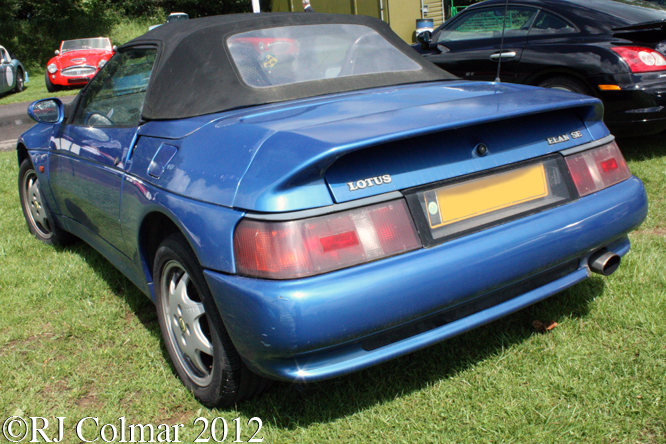
Second series of 800 155 hp Elan’s were built between June 1994 and and July 1995 featuring mandatory catalytic converters and slightly longer and heavier body work to accommodate the latest US spec safety features including airbags.
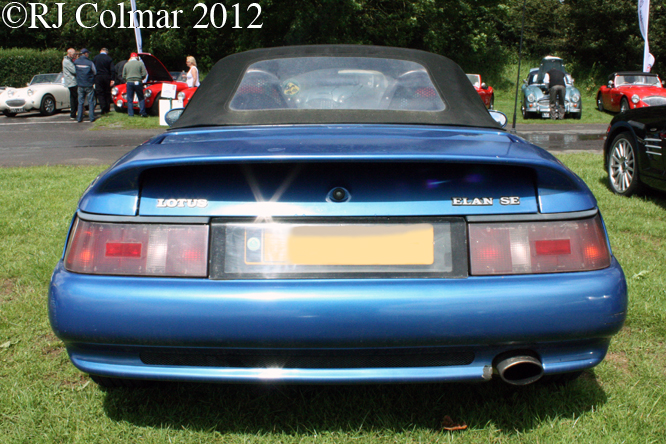
General Motors had sold it’s interest in Lotus to Bugatti by this stage and the new Lotus owners did a deal with Kia Motors to license the manufacture of an updated Kia Elan complete with a Kia sourced power unit. Kia wound up production of it’s M100 Elan in 1999.
Today’s featured M100 Elan SE Turbo seen at last years Classic Sports Car Action Day at Castle Combe was built in 1991.
Thanks for joining me for this “Worlds Best Handling FWD” edition of “Gettin’ a li’l psycho on tyres” I hope you will join me again tomorrow. Don’t forget to come back now.


